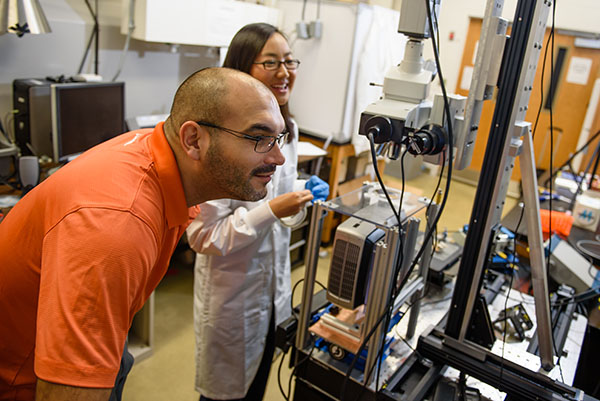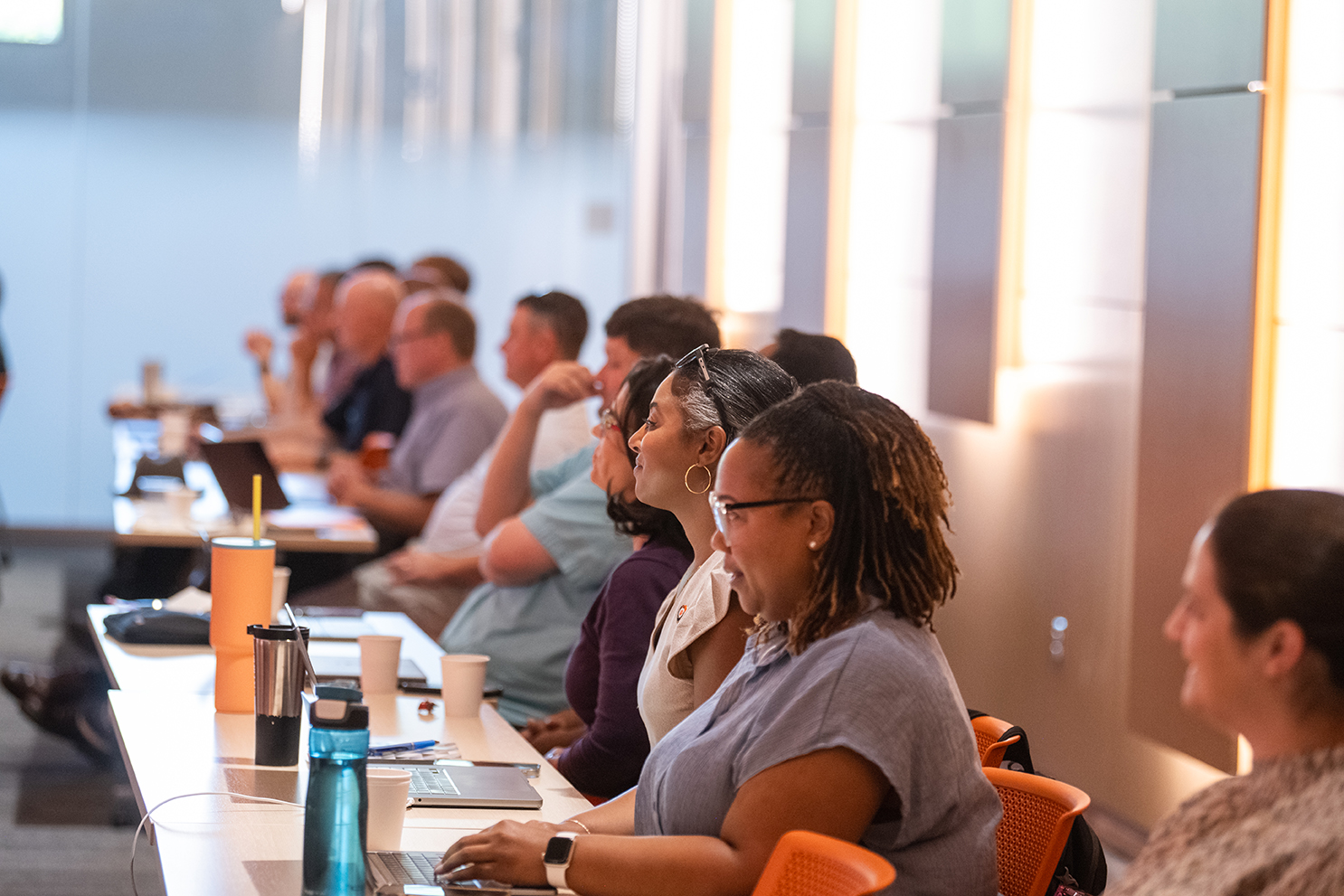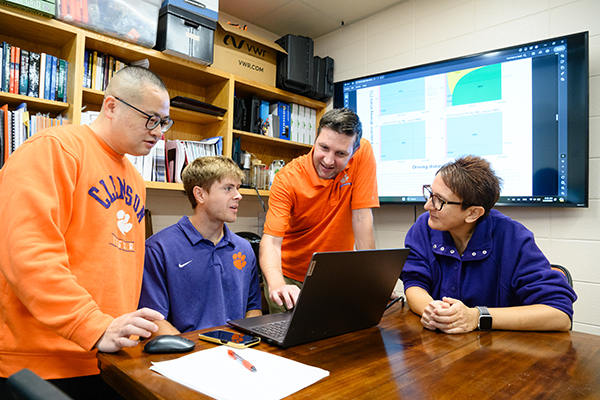Peer Observation of Teaching
Why We Need Feedback From Peers
From this TEDx Talk: "A professional is someone who is capable of managing their own improvement. That is the approach that virtually all professionals have learned by. That's how doctors learn, that's how lawyers do, scientists... musicians. Turns out there are numerous problems in making it on your own. You don't recognize the issues that are standing in your way or if you do, you don't necessarily know how to fix them. And the result is that somewhere along the way, you stop improving."
The goal of peer observation of teaching is simply to improve, with the help of a peer, who can see things that you are no longer able to see. It is through another person’s eyes and reflections that you can learn and grow in your own teaching. As noted by Hendry et al, it's hard to grow when you are stuck on your own.
Peer Observation of Teaching: a Critical Tool to Decrease Bias
Among other options to complement student evaluations of teaching is the feedback provided by peers. While it is virtually impossible to eliminate the effect of external variables, the guiding principle in this context is that the more diverse the tools used to evaluate teaching effectiveness, the lower the chances for these tools to be affected by the same bias. In addition, the use of multiple methods to evaluate teaching enables obtaining a more comprehensive assessment.
When done properly, peer observation of teaching (PoT) can provide instructors formative feedback within a pre-established time, and with the possibility to benefit both parties in terms of confidence and sense of community. It is also important to state that equality, mutuality and reflection are at the heart of a collaborative model of peer‐supported review of teaching so it is expected that both instructors (observed and observer) make an effort to identify and minimize any implicit bias and conduct themselves with outmost respect for the other part.
While it is expected that instructors will be better equipped to address these situations than students, faculty involved with PoT are encouraged to take an online self-assessment to identify their biases through Project Implicit, from Harvard University.

A Short Course to Train Faculty in Peer Observation of Teaching
A training course is available based on current literature on peer observation of teaching (see Pattison, Fletcher, Bell, or Hendry) and the CBSHS Teaching Effectiveness Community (TEC) documentation. OTEI, Clemson Online and the Office for Faculty Advancement seeks to promote equitable observations as well as an educational experience for all faculty members.
The course is organized in several modules, where each module has explanations, videos, resources, activities and some reflection questions at the end, so taking some notes may be helpful as you consider your reflections and planning for the actions you might consider in your course.
When you finish, you will have an opportunity to partner with a certified observer who has completed this process and can objectively observe a class session. Although some faculty may be inclined to just use a template, we are proposing a more comprehensive model that includes:
- Basic concepts related to peer observation
- Importance of the Pre-Observation meeting
- Observation (focusing on the important aspects of the class and documenting those observations)
- Providing formative feedback (aimed at improving skills and moves beyond a singular focus on course content)
- The Post-Meeting Discussion (where the faculty can provide a response to the comments and propose a plan of action)
- Opportunity to teach the same class again (or a similar course) to show progress.


